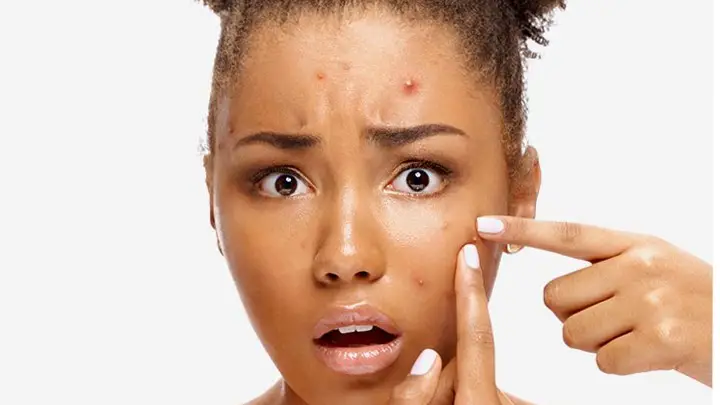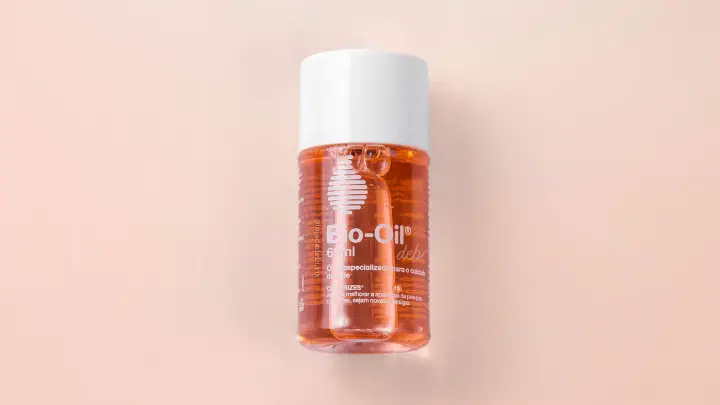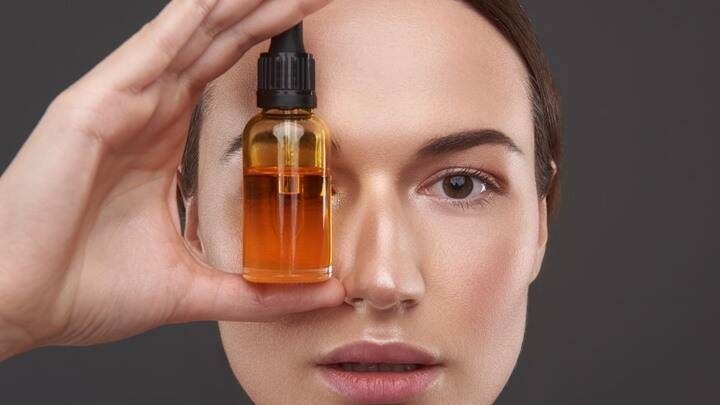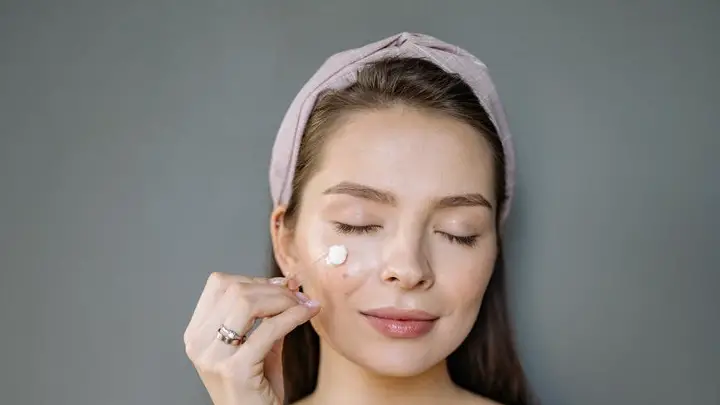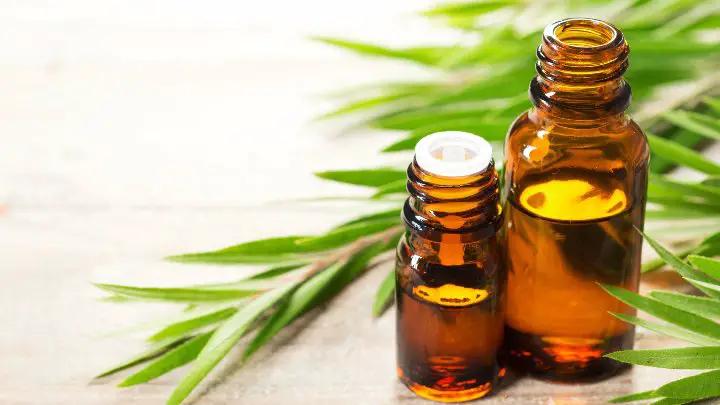Retin A is known to be the most potent version of all vitamin A derivatives because of its strength. It helps to treat several skin concerns such as premature aging, photoaging, hyperpigmentation, and acne. This article focuses on how to use Retin A for acne treatment.
Acne breakout happens on the skin as a result of the clogging of pores and hair follicles by dead skin cells and excess oil in the skin. This buildup can cause bacteria to infect the hair follicles and pores. This causes inflammation and bumps to appear on the skin.
If you have acne-prone skin and would love to use Retin A to treat your acne breakouts, this is for you. Not only does this compound work to unclog your pores to prevent acne breakouts, but it also helps to reduce the appearance of acne scars on the skin.
Read ahead to find out other necessary pieces of information concerning Retin A for acne, and how to effectively achieve your desired result without ruining your skin.
How to Use Retin A for Acne
As with other retinoids, Retin A is best used at night. However, before you begin to apply your Retin A product to your skin, ensure that your hands are clean.
The first step to using the product is to cleanse your face with a gentle cleanser that does not contain any active ingredients or exfoliants. This is because using an exfoliant right before using Retin A can over-exfoliate your skin.
After cleaning your face, use a clean towel to blot your face dry. Once your skin is completely dry, you can proceed to apply the product to it. Apply only a pea-sized amount of the product on your face anytime you use it.
You can go to sleep after to avoid touching your face while the product is yet to absorb totally into your skin. In the morning, clean your skin using mild soap. Use a water-based moisturizer on your skin after washing it, to lock in hydration on your skin.
As with other retinoids, Retin A increases the skin’s sensitivity to the sun and ultraviolet radiation. This causes your skin to be prone to sun damage and photoaging. To prevent this, you have to use broad-spectrum sunscreen right after moisturizing your skin.
When applying the ingredient:
- Don’t use too much of the product on your skin; to avoid the risk of side effects.
- Don’t apply it to an open acne spot.
- Try to prevent it from getting on sensitive parts of your skin, such as your lips and the skin around your eyes. If it does, gently wash it off with clean water.
- Start by using it twice a week, before building up a more frequent usage.
- Allow your skin to completely absorb the product before you use any other skincare products or touch your face.
When you are just starting, avoid using too much of it on your skin, as doing this will irritate your skin. It takes time for the skin to get accustomed to the use of this ingredient. Therefore, build up your usage slowly till your skin can tolerate regular usage of the product.
This compound is available in different forms, such as gel, lotion, cream, and serum. Follow the guide ahead on how to use each form correctly to get rid of acne and acne scars.
How to Apply Retin A Gel, Lotion, or Cream for Acne
The first step to using the product is to cleanse your face with a gentle cleanser that does not contain any active ingredients or exfoliants. This is because using an exfoliant right before using Retin A can over-exfoliate your skin.
Excuse your skin for about 15 minutes, as this is enough time for your face to dry up completely. You can proceed to apply your Retin A cream, lotion, or gel now.
How to do it:
- Use your fingertips to take out a pea-sized amount of the product.
- Rub your fingers together and gently lather the product on your forehead, cheeks, or other affected areas of your face.
- As you do this, avoid the sensitive parts of your body such as the skin around your eyes and your lips.
- Also skip open wounds, acne, and sunburn areas of your skin.
- Allow your skin to dry for about 30 minutes, then proceed to apply other skincare products such as hydrating serums and moisturizers.
You do not have to use more than a pea-sized amount of these forms of Retin A. A little amount is effective enough to treat your acne and reduce the appearance of acne scars.
Your choice of Retin A product might contain other active ingredients, be sure to read the usage instructions on the product.
How to Apply Tretinoin Liquid to Treat Acne
The thing to do is to cleanse your face or affected skin with a gentle cleanser that does not contain any active ingredients or exfoliants. Using an exfoliant right before using Retin A can over-exfoliate your skin, thereby causing redness or other side effects on your skin.
Excuse your skin for about 15 minutes, as this is enough time for your face to dry up completely. You can proceed to apply your Retin A serum now.
How to do it:
- You can use either one of your fingertips, a cotton swab, or a pad to apply this liquid product.
- You can use a dropper to squeeze out a drop of the serum on your fingertips or a cotton pad.
- Apply the product gently on your skin.
- Do this gently and avoid the sensitive areas of your skin while at it.
- Dropping too much of the liquid on your cotton pad allows it to spread to areas where you do not want it. Therefore, it is important to avoid that.
- Allow your skin to dry for about 30 minutes, then proceed to apply other skin care products such as hydrating serums and moisturizers.
Is Retin A Effective for Treating Acne?
According to a cosmetic chemist, David Petrillo, “before Retin A became popular for treating wrinkles and other skin concerns, it was mainly used to treat acne conditions, ranging from mild to severe.”
Using Retin A is an effective way of preventing oils and dead skin cells from clogging up your pores. When your hair follicles and pores are free from the buildup of dirt, then it is free from acne breakouts.
How Does Retin A Work for Acne?
Retin A is an exfoliant that works to eliminate dead skin cells from the skin surface to give room for newer skin cells to bloom. Not just that, it also enhances cell turnover in the skin by encouraging the production of new skin cells.
It works as an acne treatment by ridding the skin of all the dirt clogging the pores and hair follicles. This reduces the appearance of acne scars on the face, as well as prevents the development of new ones.
When you apply it to your skin, it penetrates through your epidermis to clear off dead skin and boost the flow of blood in the skin. This results in an increase in collagen production in the skin. Simply use a pea-sized amount of the product on the affected skin at night.
Note: You might experience worse acne breakouts during your first week of using the product. However, there’s nothing to worry about. It’s just the product working on the newly developed acne in the skin.
Can You Use Retin A for Back Acne?
Yes, you can use Retin A to treat back acne as well. It does this by reducing inflammation on your skin, as well as stopping the development of pimples and blackheads on your skin.
Simply get a Retin A product of your choice and apply it to the affected area on your back. To do this, you can use a gauze pad, or cotton swab or you can simply make use of your fingertips. Follow the instructions given earlier on how to use different forms of Retin A products.
When Should You Use Tretinoin on Your Skin?
As with other retinoids, Retin A increases the skin’s sensitivity to the sun and ultraviolet radiation. This causes your skin to be prone to sun damage and photoaging. To prevent this, you should use retinol in your nightly skincare routine.
Asides from that, using it on your face at night will also save the skin from any form of touching or disturbance after it has been applied. Additionally, it is more effective at night as this is when the skin repairs itself.
Retin A is best used at night when the face is free from any form of disturbance or touching. This also gives you a chance to use other skincare products that contain active ingredients, without fear of irritating your skin.
How Often Should You Use Retin A on Your Skin?
If you have never applied a retinoid on your skin, then you need to be careful with your usage frequency when you start using Retin A. This is because Retin A is a strong and active ingredient. Using it too often on your skin when your skin is yet to get familiar with it can irritate your skin.
Start by using it only once or twice a week for the first month. After the first month, you can increase your usage frequency as soon as you stop seeing side effects. With this, you can build up a daily usage of the product without irritating your skin.
Frequently Asked Questions
Should you use Retin A before moisturizing your skin?
Yes, you should. Use it before moisturizing your skin. Applying moisturizer after using Retin A will help to prevent your skin from drying up.
Moisturizing before using Retin A can affect the effectiveness of the product, as this may cause the Tretinoin product to penetrate the skin to work effectively on your acne.
Does tretinoin work for acne on the chest?
Yes, it does. It works for acne on all parts of the body, be it the face, back, neck, or chest.
Simply get a Retin A product of your choice and apply it to your chest. To do this, you can use a gauze pad or cotton swab, or you can simply make use of your fingertips. Follow the instructions given earlier on how to use different forms of Retin A products.
How long does it take tretinoin to treat acne?
It takes about 12 weeks for Tretinoin to treat acne, and to see improvements in acne scars.
Keep using your Retin A product till you get your desired result. To see an overall acne improvement, you will need to keep using your product for a minimum of 6 to 12 months.
Conclusion
Using Retin A is an effective way of treating acne and reducing the appearance of acne scars. Retinoids are topical treatments recommended by dermatologists to address several skin problems such as acne and premature aging.
You need to learn to use your Retin A correctly to be able to enjoy the utmost benefits of using it on your skin, especially if you need it to treat acne and reduce the appearance of acne scars.
Ultimately, you need to be consistent with the use of Retin A on your skin. Don’t stop using it before you achieve your desired result. Ensure to follow the guide in the article to use retinol for acne without irritating your skin.
Thanks for reading.
Like this article? Visit Serum101 for more enlightening usage guides to assist you in effectively using your skincare products to achieve your desired result.
